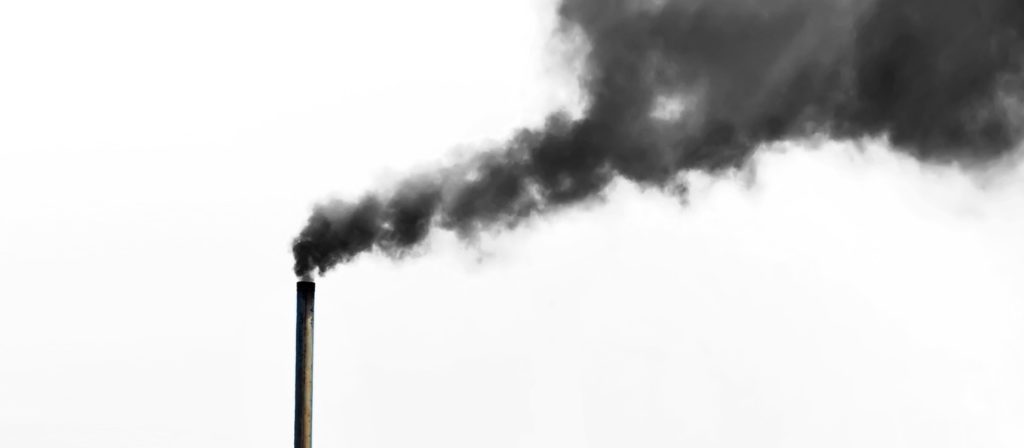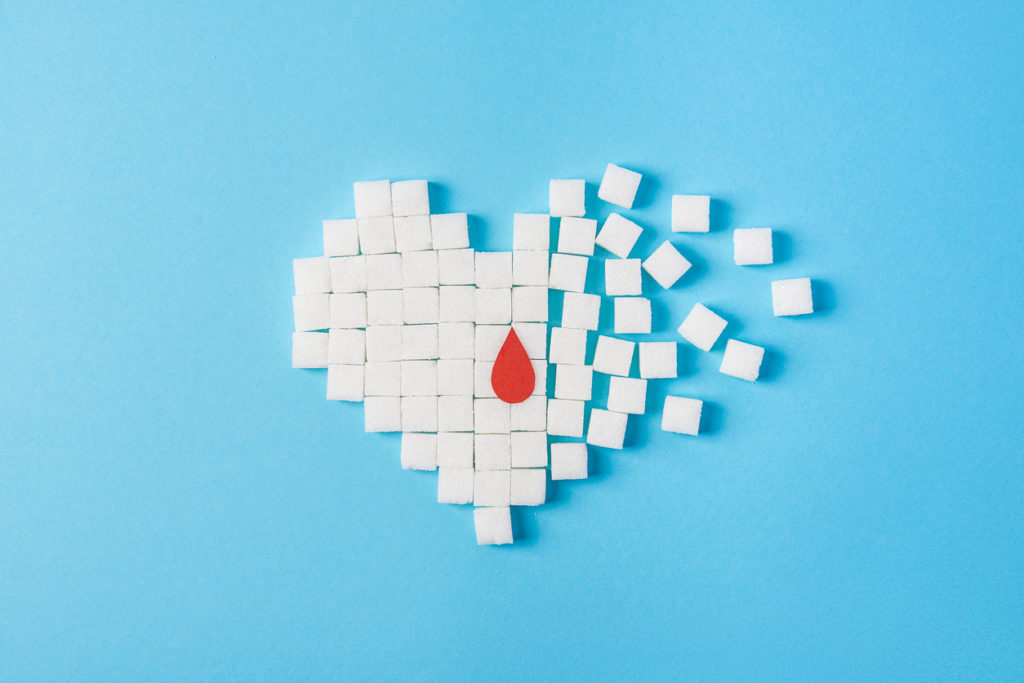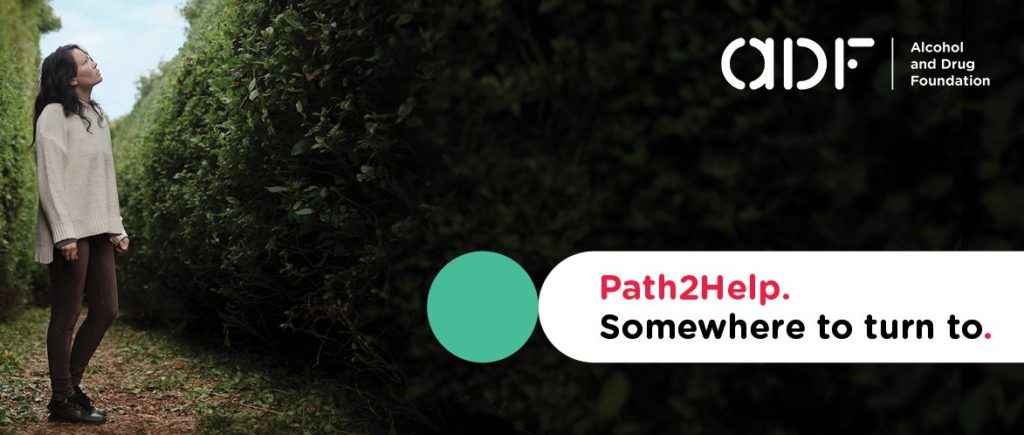An international study involving researchers from the Australian National University (ANU) has found that changes to our ozone layer over the past four decades have affected the risk of people developing skin cancer. The study explored the impact of ozone layer changes on ultraviolet (UV) radiation, as well as changes in climate.
What is UV radiation and why is it associated with cancer?
Australia has one of the highest rates of skin cancer in the world, with around 2000 Australians dying every year from the disease. Professor Robyn Lucas, one of the lead authors from ANU, commented that the research illustrates the harm associated with increased levels of UV radiation exposure.
“It puts people at greater risk of developing skin cancers and other diseases,” Professor Lucas remarked.
“Increased rates of skin cancer over the past 100 years show how susceptible some human populations would be to uncontrolled ozone depletion.
“For example, we know exposure to UV radiation accounts for up to 95 per cent of the risk of developing certain types of melanoma in light-skinned populations.”
Melanoma has a high mortality rate, resulting in about 60 000 deaths globally, despite accounting for less than five per cent of all cancers.
Find out more about melanoma, the deadliest skin cancer
The paper highlighted that the Montreal Protocol – a treaty developed by the United Nations (UN) in 1987 that led to the phasing out of the use of substances, notably chlorofluorocarbons (CFCs), that result in ozone depletion – has actually prevented these numbers from being much worse.
Professor Lucas added, “Without the Montreal Protocol, UV radiation levels in the near future would be more than twice what the World Health Organization considers extreme in many parts of the world, and close to four times the extreme level in the tropics.
“These levels of UV radiation would have changed the whole way we live our lives – even a few minutes outdoors would have caused sunburn.”
How to enjoy a sunburnt country safely
The research highlights that more work still needs to be done to address significant knowledge gaps regarding how climate change will affect our ozone layer, and the effects of changes in UV radiation levels on our health.
“We need a better understanding of how not only humans, but other species, respond to UV radiation,” Professor Lucas said. “The focus of concern regarding UV radiation has historically been on human health. We need long-term, large-scale studies to better understand how changes in UV radiation, together with other climate-change factors, also affect ecosystems on land as well as in the water.”
Commentary
What is ozone and the ozone layer?
Ozone is a naturally occurring molecule that consists of three oxygen atoms (O3).1
The ozone layer is a layer in the stratosphere (around 15-30 km above the earth’s surface) with a high concentration of ozone. It covers the entire world and protects life on earth by absorbing dangerous UV radiation that is emitted from the sun.1
What and where is the ‘ozone hole’?
The release of man-made substances that contain chlorine and bromine into the atmosphere has resulted in depletion of the ozone layer around the world. These substances cause chemical reactions to occur in the ozone layer, leading to the destruction of ozone molecules.1
Severe depletion of the ozone layer has occurred over the Antarctic region, with this area often referred to as the ‘ozone hole’.1
UV radiation and skin cancer
Almost all skin cancers, including melanoma, are caused by too much exposure to UV radiation.2
Skin cancer develops in the outer layer of the skin – the epidermis. UV radiation, made up of UVA and UVB radiation, is able to penetrate the surface of the skin and cause damage to the underlying cells. While UVA is able to penetrate deep into the skin (the dermis), UVB penetrates into the epidermis, causing damage to the outer layer of skin cells. If the body is unable to repair these damaged cells, they can begin to divide and grow in an uncontrollable manner, eventually leading to a tumour.2
References
- Australian Government Department of the Environment and Energy (online). The Ozone Layer (accessed 7 August 2019). Available from: URL link
- Cancer Council NSW (online). How ultraviolet (UV) radiation causes skin cancer (accessed 7 August 2019). Available from: URL link
All content and media on the HealthEngine Blog is created and published online for informational purposes only. It is not intended to be a substitute for professional medical advice and should not be relied on as health or personal advice. Always seek the guidance of your doctor or other qualified health professional with any questions you may have regarding your health or a medical condition. Never disregard the advice of a medical professional, or delay in seeking it because of something you have read on this Website. If you think you may have a medical emergency, call your doctor, go to the nearest hospital emergency department, or call the emergency services immediately.








